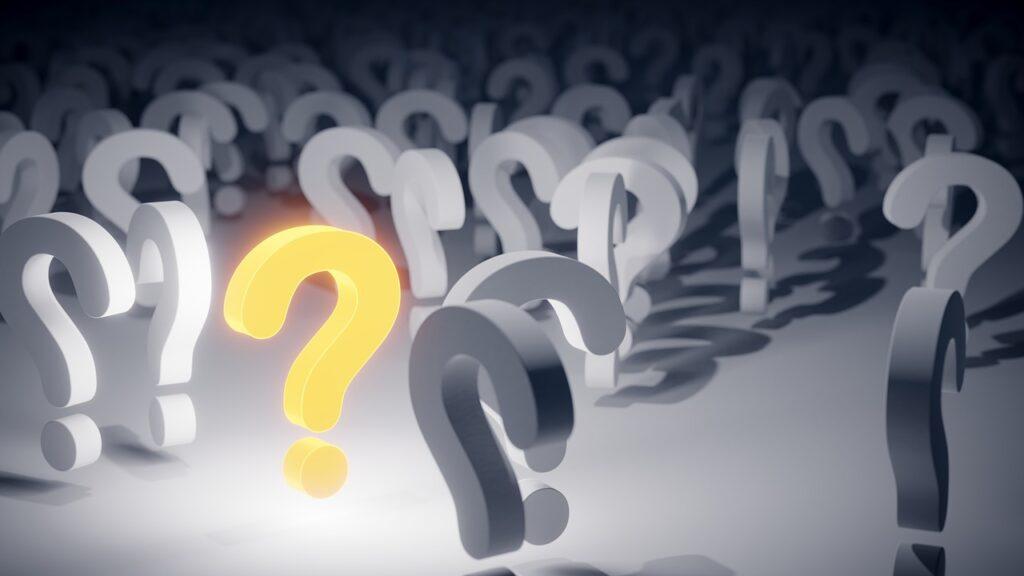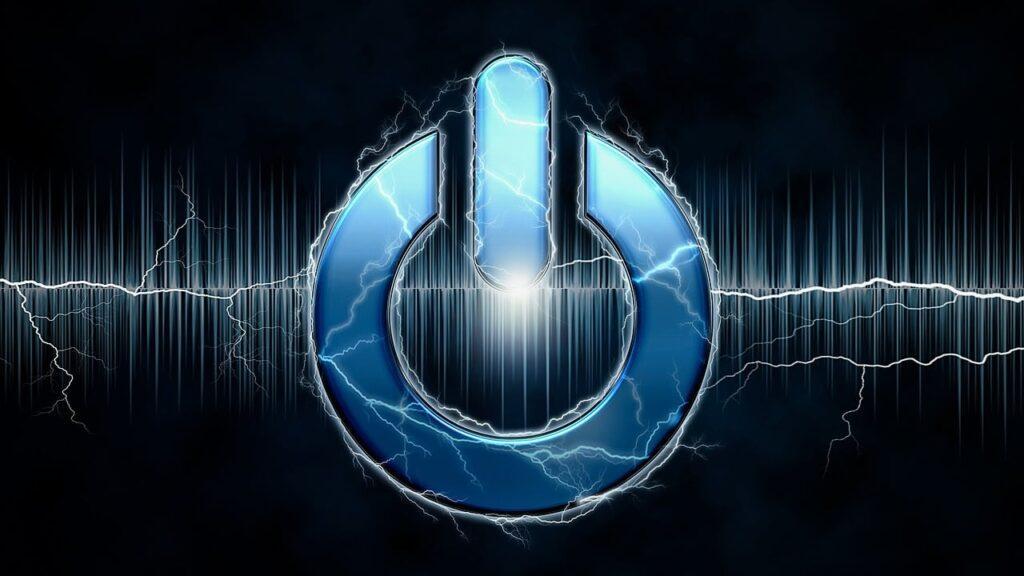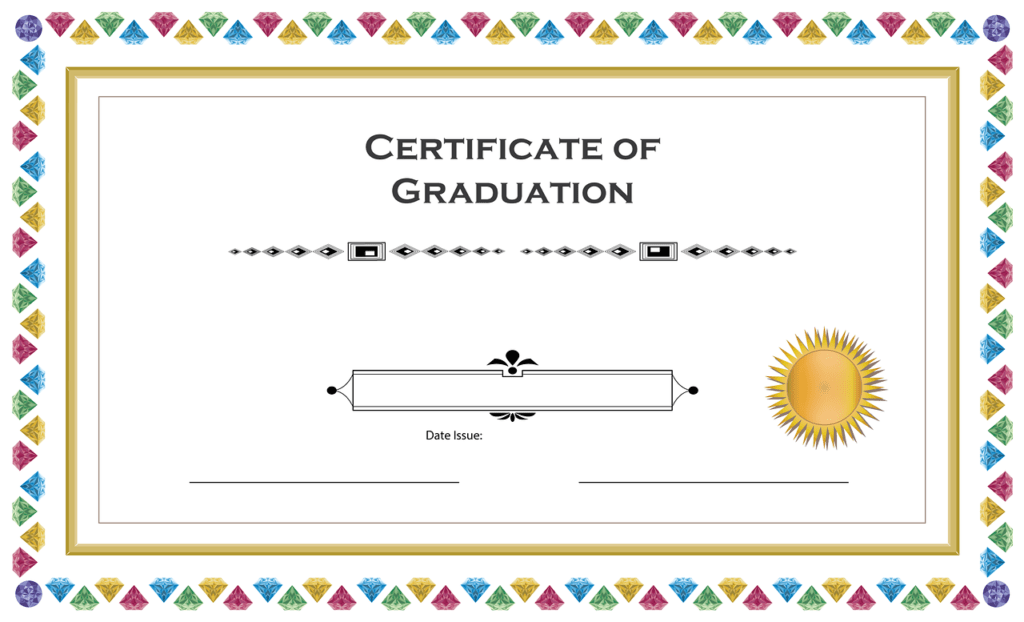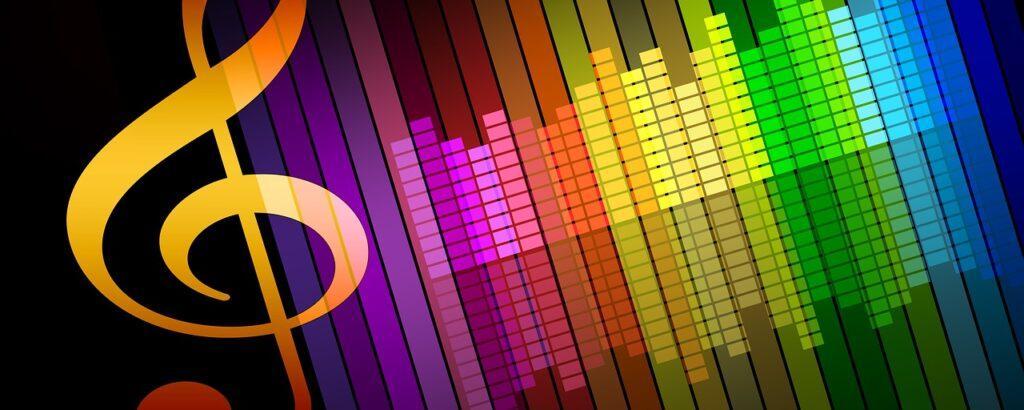Multisensory
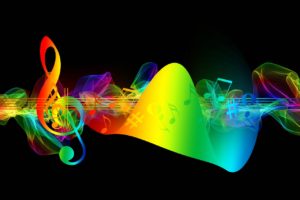
The archive contains posts about teaching music using multisensory teaching methods.
A Brief Account of Multisensory Teaching
Do you want to know what multisensory teaching is and where it came from? Multisensory teaching became popular in the 1980s with Howard Gardener’s book Frames of Mind: The Theory of Multiple Intelligences. Originally written to discuss how the brain works, it instantly had an impact on the public-school teaching community.
The main idea? People come in different brain types:
- Musical-rhythmic and harmonic
- Bodily-kinesthetic
- Visual-spatial
- Verbal-linguistic
- Logical-mathematical
- Interpersonal
- Intrapersonal.
Each brain type learns best through a different sense. (Other intelligences got added later.)
According to Gardener, a person may have more than one intelligence, but only one comes to the foreground. Prior to Frames of Mind, public school teachers focused on verbal teaching. However, the book opened a floodgate of ground-breaking teaching tactics.
Other theories exist of how the brain works, such as Linda K. Silverman’s visual-spatial versus verbal-sequential learners. There are also other multisensory teaching methods such as Orton and Gillingham and Ronald Davis.
However, all of the methods remain focused on teaching using more than one sense. Teaching via sight, touch, sound, and kinesthetic senses helps support the range of learning styles within a typical class room.
In my lessons, I have used manipulatives (such as a raised staff and plush toys) to convey musical ideas using the sense of touch. Likewise, color coding links into the sense of sight. Sound models (and not just for establishing the mental pitch template) for the sense hearing. Finally, clapping and movement games for the kinesthetic sense. (So far, I have not found a music application for the sense of smell or taste.)
Multisensory teaching methods make the difference between success and failure for special needs, LD, and ADD students.
Back to The Successful Music Student blogs.
© 2021 Geoffrey Keith
“What do you think of the Chord Buddy for special needs guitarists?” I first heard about using the Chord Buddy with special needs students from Sarah Fard at the 2019 Able Assembly. However, I’ve found it works better for some students than for others. Read more to find out who benefits. Estimated reading time 3 minutes.
Do you want to know what the advantages of dyslexia are? How can people with dyslexia seem to have terrible memories sometimes, but not others? “He could remember events perfectly, even those that happened when he was an infant” (The Gift of Dyslexia 96). Episodic memory has a central role in the thinking process of many dyslexics which helps explain this puzzling fact. Also, it’s one of the four benefits to dyslexia. Keep reading to learn what the advantages of dyslexia are and how episodic memory plays a part in that. Estimated reading time 3 minutes.
“Once sheet music is all digital, why not always colour-code notes?” Since most sheet music can now come in digital format, will there be any good reason not to color code the notes all the time? I’ve long advocated using color coding for helping special needs students to learn music from sheet music. However, the opening suggestion (by a person on social media) goes one step further. It proposes making a permanent change to how people read sheet music. Click to find out the arguments for and against adopting universal color coded music notation. Estimated reading time 2 minutes.
Do you want to know some of the positives to having dyslexia? Does all information seem connected to you? Global thinking is the capacity to see cohesive relationships between different domains of knowledge. It’s also one of the four strengths resulting from dyslexic brain structure. Keep reading to learn the details of how everything being connected to everything else can be a positive aspect of having dyslexia. Estimated reading time 3 minutes.
How do I switch from minor key shaped notes to standard notation?” Sight singing minor keys in standard notation can be challenging. Because it can be difficult to figure out if you’re in a major key or the relative minor. Read more to learn how to transition from shaped notes to standard notation for minor keys. Estimated reading time 3 minutes.
“How do I finally get my students to be able to read music without color coding?” In today’s post, we’ll look at the last stage of graduating from the colors: flashcards. Keeping reading to learn how to graduate from color coded music symbols. Estimated reading time 3 minutes.
Do you want your autistic child to play piano? Or are you an adult with autism who’s wondering if piano would be a good fit? Playing piano brings a lot of benefits beyond just the fun of playing music. Read more to find out the answer to the question, “Is playing the piano a suitable activity for autistic people?” Estimated reading time 2 minutes.
Would you like to introduce your kid to piano? (Or are you a music teacher who has a student with learning difficulties?) Multisensory teaching methods will help! Click to learn about playing piano with color coded left hand notes and rhythm. Estimated reading time 2 minutes.
Do you want to sing Eastern European folk melodies and mediaeval chants? Are you puzzled about how the aeolian mode works? Modes have been a feature of music from ancient times to today. Singing Shape Note Solfege Aeolian Melodies lets you explore the exotic sound of the aeolian mode. Estimated reading time 2 minutes.
Can’t read piano music? (Or does your child have difficulty reading music?) Color coded notes and rhythms can help! Click to learn about playing the piano with color coded rhythm, fingering, and notes. Estimated reading time 3 minutes.



